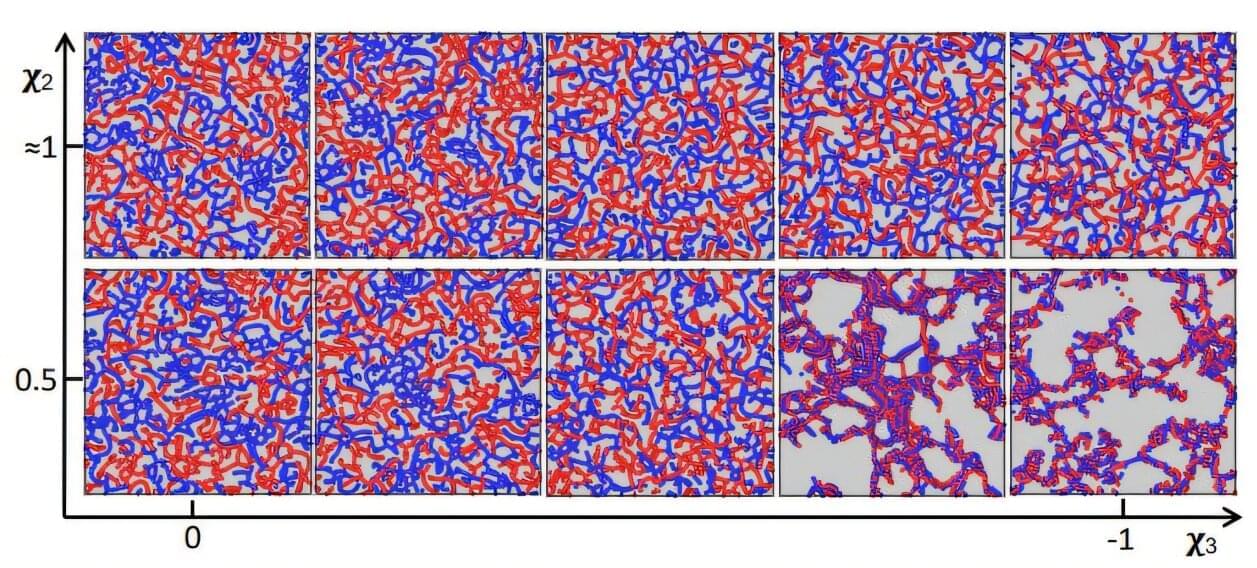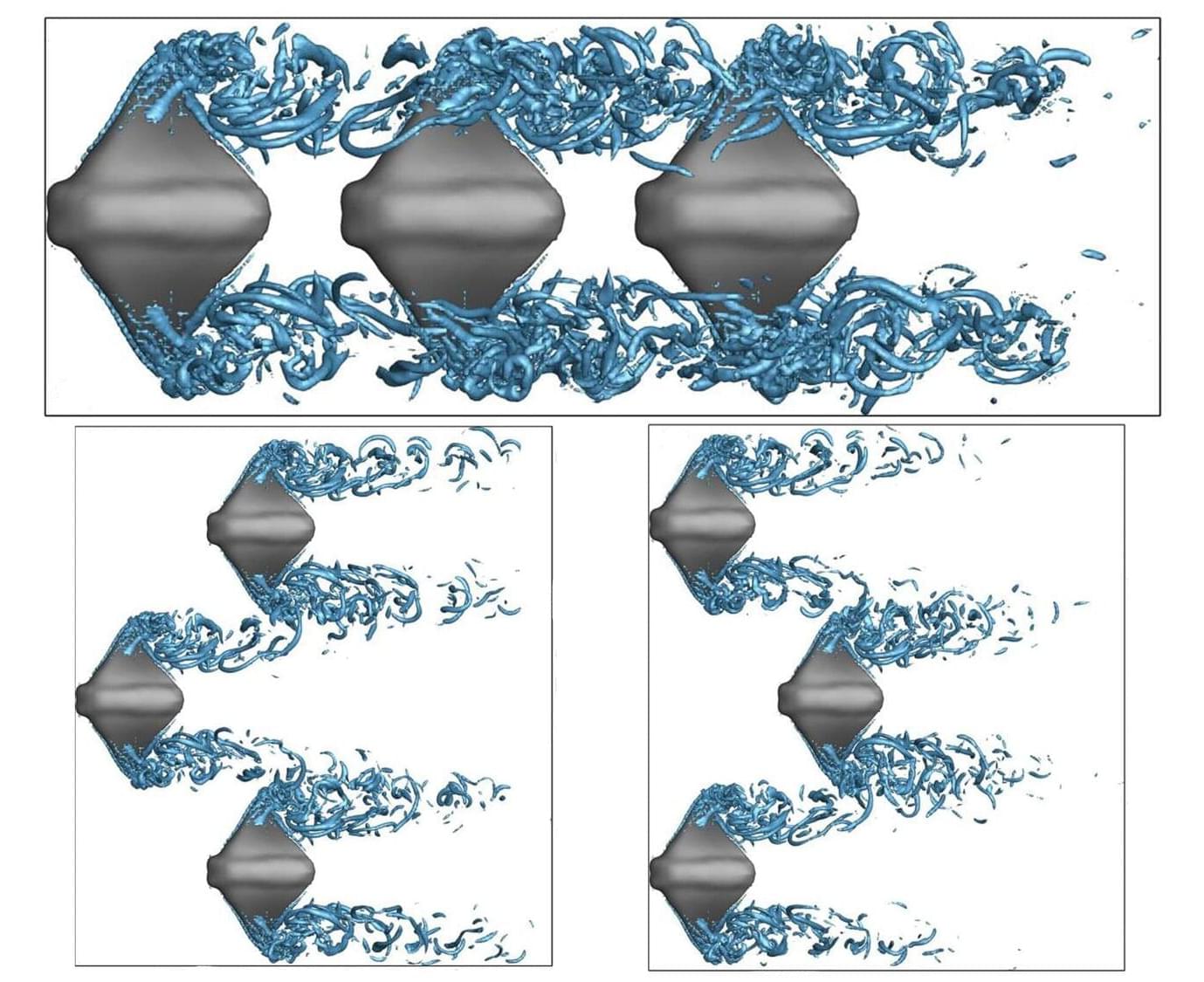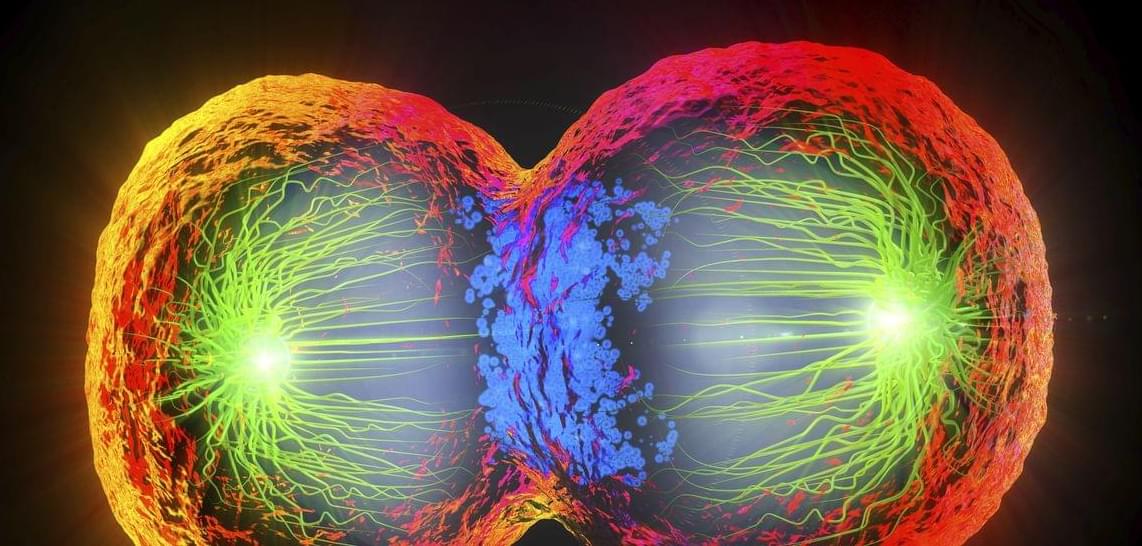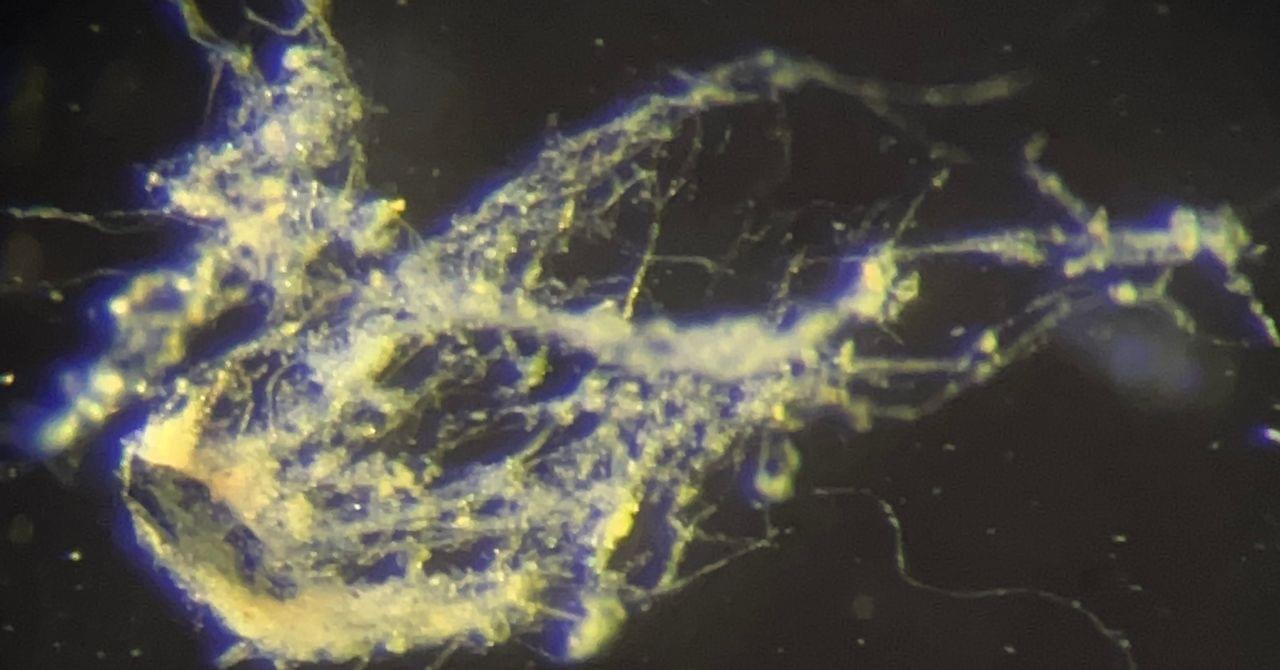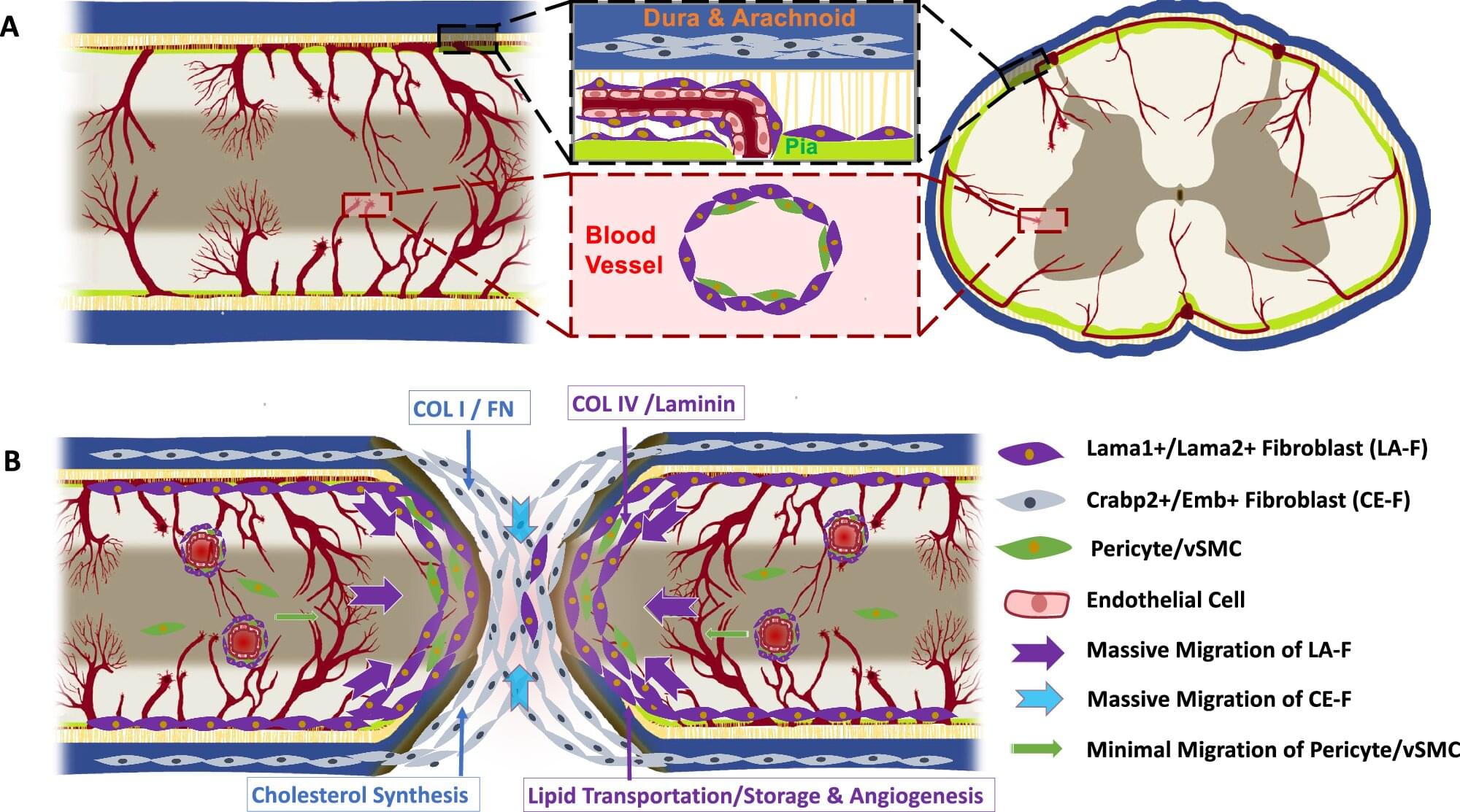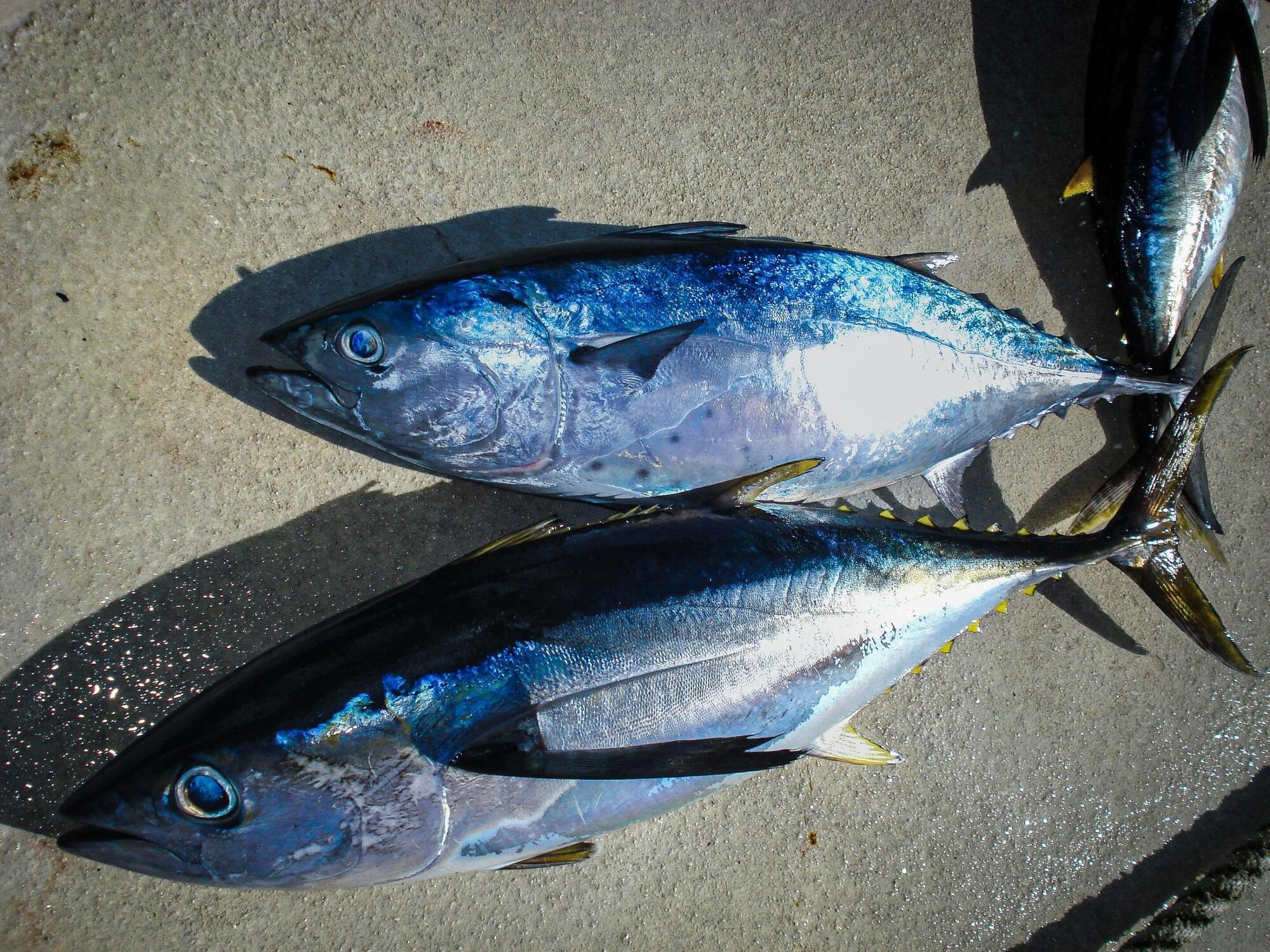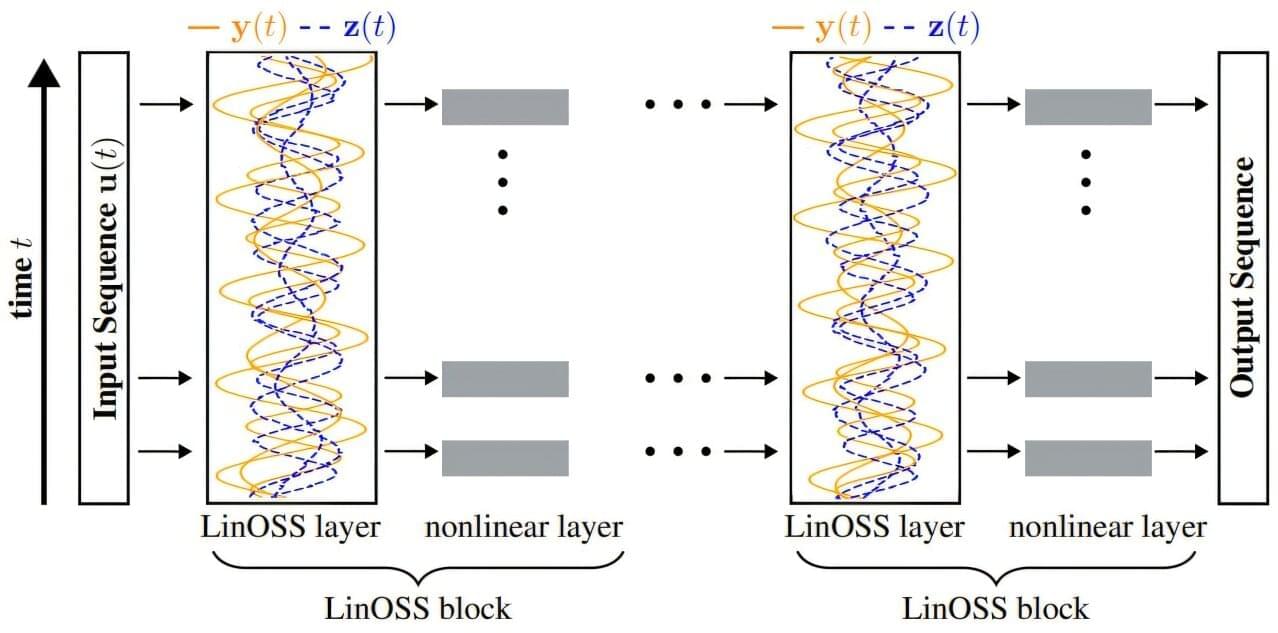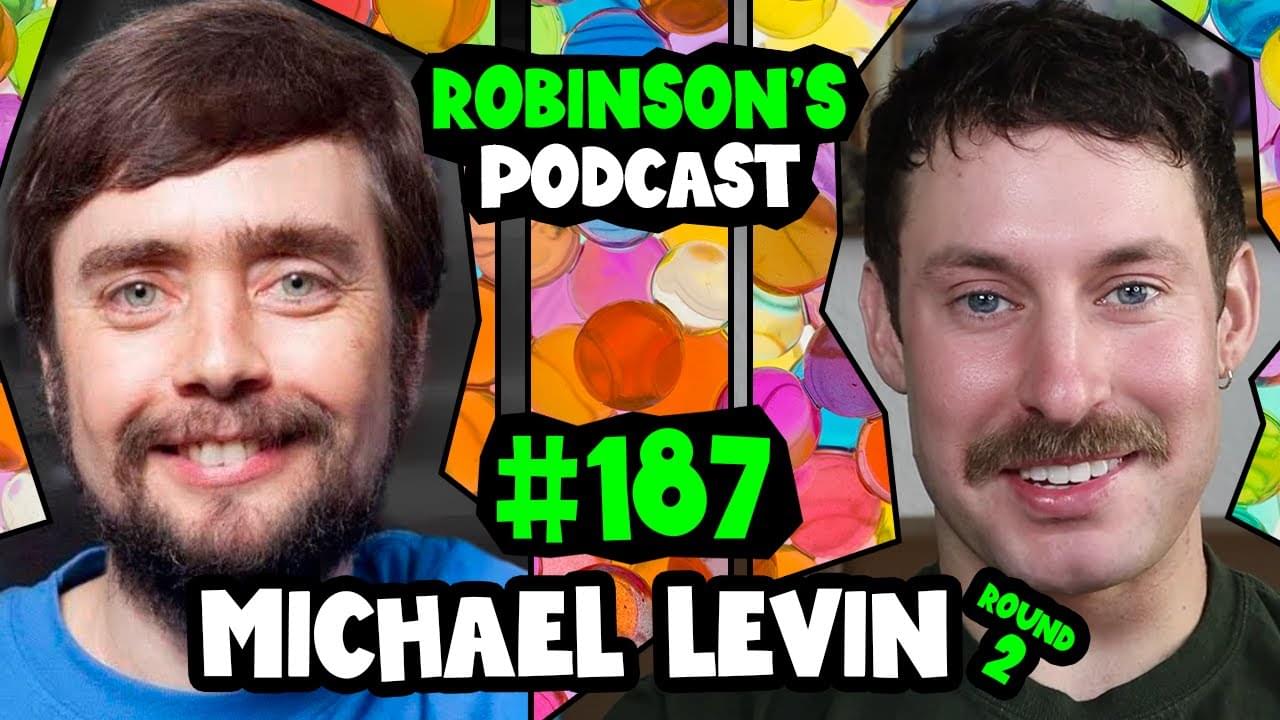A new study uncovers how fine-tuning the interactions between two distinct network-forming species within a soft gel enables programmable control over its structure and mechanical properties. The findings reveal a powerful framework for engineering next-generation soft materials with customizable behaviors, inspired by the complexity of biological tissues.
The study, titled “Inter-Species Interactions in Dual, Fibrous Gels Enable Control of Gel Structure and Rheology,” is published in Proceedings of the National Academy of Sciences.
The study uses simulations to investigate how varying the strength and geometry of interactions between two colloidal species impacts network formation and rheological performance. By controlling separately interspecies stickiness and tendency to bundle, researchers discovered that tuning these inter-species interactions allows precise control over whether the networks that they form remain separate, overlap, or intertwine.
